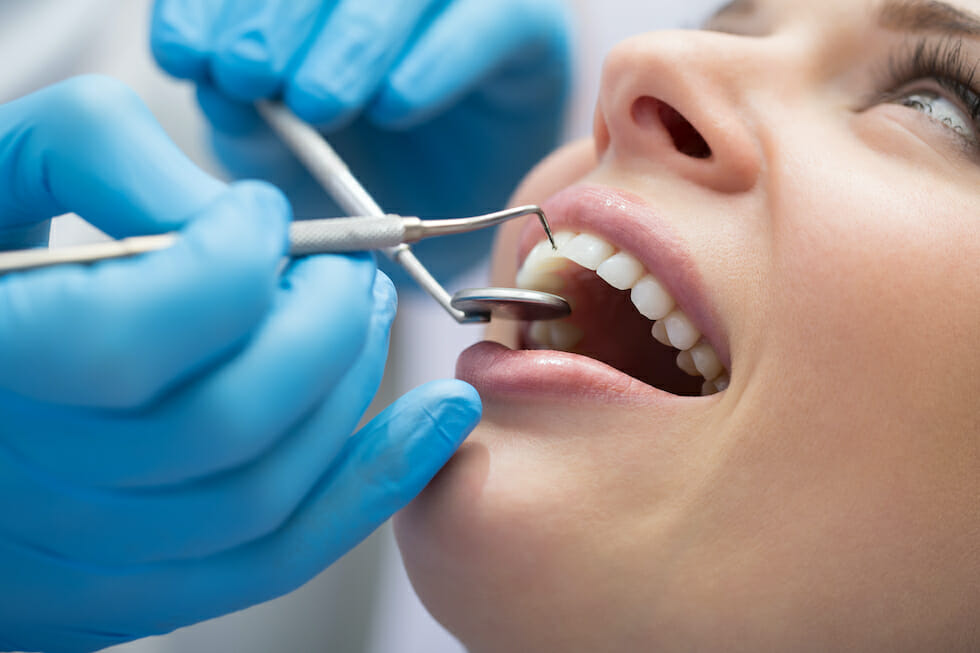Like any surgical procedure, dental implants carry some risks. One of the risks that you may face after implant surgery is a rejection of the implant. While this can happen, it does not mean that there is nothing that can be done about it. The key is noticing the signs of rejection as early as possible. This allows us to take some steps to save the implant. To detect implant rejection, these are the steps to take.
Why Dental Implants Fail
IN approximately 5-10% of dental implants, failure will occur. There are many reasons for a failure that involve some things under the individual’s control and some things that they cannot control. Some of the reasons for failure include gum disease or not enough bone density. Like natural teeth, these are two things necessary for healthy implants. The solution to these problems is following good oral hygiene practices to prevent this from becoming a problem.
Another common factor in dental implant failure is smoking. Smoking can lead to a variety of problems that cause the implants to fail. There are also other medical conditions that can cause failure. Rheumatoid arthritis and diabetes are two conditions that impact the health of implants.
Signs of Failure
Besides avoiding the mistakes that can lead to implant failure, a person should also notice the signs of potential failure. The sooner these are seen, the easier it is to do something about them. Common signs of implant failure include difficulty chewing, loosening of the implant, inflammation and swelling around the implant site, gum recession and severe pain or discomfort.
Failure can occur both right after the implants are put in place or long after they have been in place. The best protection a person has against dental implant failure is a good oral hygiene routine that regular inspection if the teeth and gums for signs of a problem.
For more information about this or any other oral health issue, contact our office to schedule an appointment.

